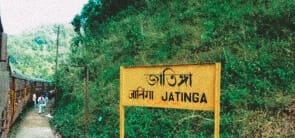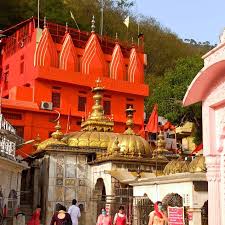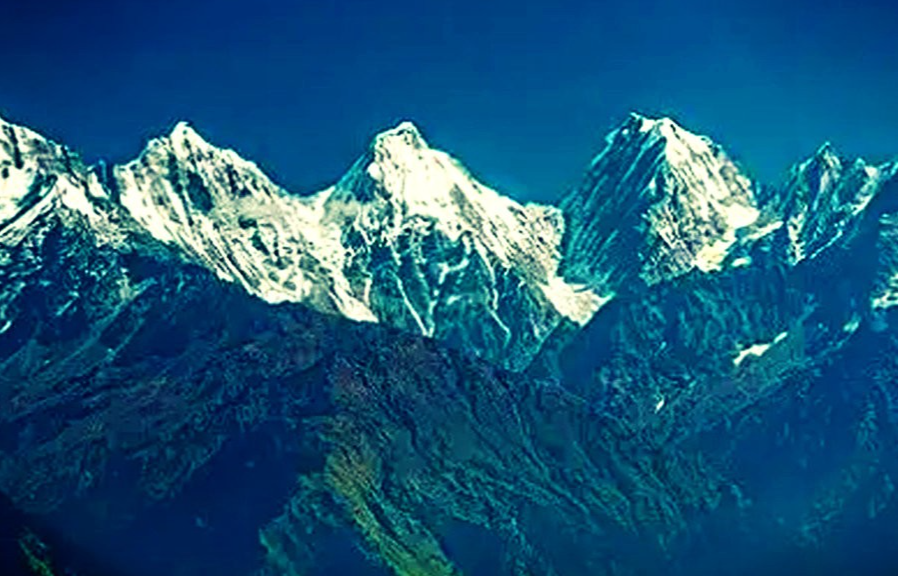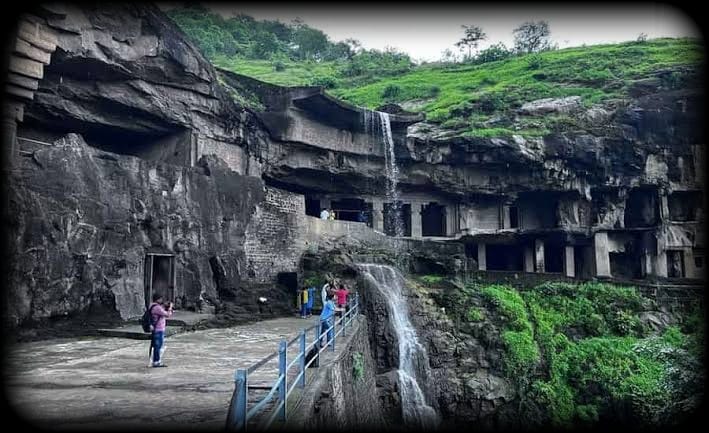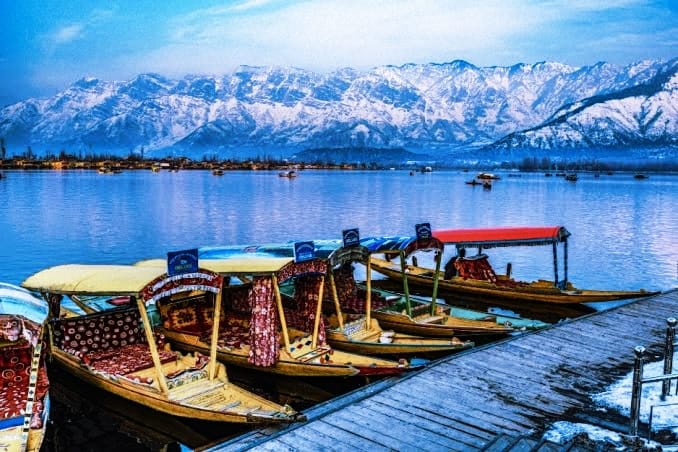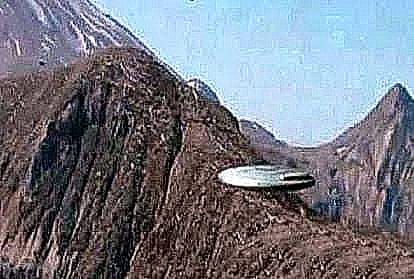Dhanushkodi, located in the Indian state of Tamil Nadu, is a unique and mysterious place, which people also know as ‘Haunted Village’. This place is famous for its terrifying beauty, historical importance and strange incidents. The deserted streets, ruins and sea waves here create a mysterious atmosphere, which attracts tourists. Let’s know the story of this haunted village and the mysterious and historical information behind it.
History and Background
Dhanushkodi is located in the Rameswaram area of the Indian state of Tamil Nadu. This site is located on the southeastern coast of the Indian subcontinent and is just 18 kilometers from Sri Lanka. This distance of Dhanushkodi gives it a special geographical position, from where the Indian and Sri Lankan seas meet each other.
The name Dhanushkodi is derived from the Sanskrit word ‘Dhanush’, which means ‘bow’, and ‘Kodi’ means ‘corner’. Thus, Dhanushkodi means the ‘corner of the bow’. It is believed that this place was located near the bridge, ‘Ram Sethu’, built by Lord Rama during the Ramayana period.
Desolation of Dhanushkodi
The story of Dhanushkodi is linked to a terrible disaster. On 22 December 1964, a fierce cyclone completely devastated Dhanushkodi. The cyclone destroyed the population, infrastructure, and natural beauty of the place. This disaster turned Dhanushkodi into a ghost village, where the streets and houses have now turned into ruins.
Ruins of Dhanushkodi
The ruins of Dhanushkodi reflect the eerie and amazing beauty of this place. Some of the prominent ruins here are:
1. Railway Station: The building of Dhanushkodi Railway Station now appears like a haunted place. Its structure and design reveal its haunted status.
2. Dharamshala: The Dharamshala here was also affected by the cyclone. Its ruins still tell the story of the past here.
3. Mosque: The ruins of an old mosque are also found here. Its remains still reflect the historicity of this place.
4. House: The remains of some old houses are also found in Dhanushkodi, which were once busy and lively but have now turned into ruins.
Mysterious aspect of Dhanushkodi
The deserted streets of Dhanushkodi and the atmosphere full of ruins give this place a mysterious charm. Some strange incidents and legends are also talked about here:
1. Ghost stories: Many people claim that ghostly activities take place in Dhanushkodi at night. According to the locals, strange sounds are heard here at night and sudden cold winds are felt.
2. Spirits of the dead: Some people believe that the spirits of the people who died during the cyclone here still roam in this place.
3. Unsolved mysteries: Many times, there are reports of various mysterious incidents happening in the ruins here, which further enhances the mysterious nature of this place.
Tourism potential of Dhanushkodi
Dhanushkodi is still a unique destination for tourists. The ruins and sea views here provide a unique experience to the tourists. Here are some major attractions for tourism:
1. Sea beach: The sea beach of Dhanushkodi is very beautiful and calm. Here tourists can enjoy the sea waves and also take pictures.
2. History of Dhanushkodi: The historical importance of this place also attracts tourists. Tourists can come here to understand the history of the ruins.
3. Wildlife: The areas around Dhanushkodi are also home to a variety of birds and other wildlife.
Safety and Travel to Dhanushkodi
Dhanushkodi is a deserted and uninhabited place, where some safety precautions should be taken while traveling:
1. Local Guide: It is beneficial to consult a local guide or expert before traveling here.
2. Safe Route: Follow a safe route while traveling here and avoid going close to the ruins.
3. Essential Items: Basic facilities are not available here, so keep essential items and emergency kits with you during the trip.
Conclusion:
Dhanushkodi is a unique and mysterious place, known for its historical and ghostly stories. The deserted lanes and ruins here provide a different kind of experience, which mesmerizes the tourists. This place not only holds historical importance but is also famous for its mysterious and haunted status. If you are a lover of history, mysteries and sea views, then Dhanushkodi is a must-visit place on your travel list.
I hope you like the blog, if you like my post please subscribe my blog for new update. Thank you


